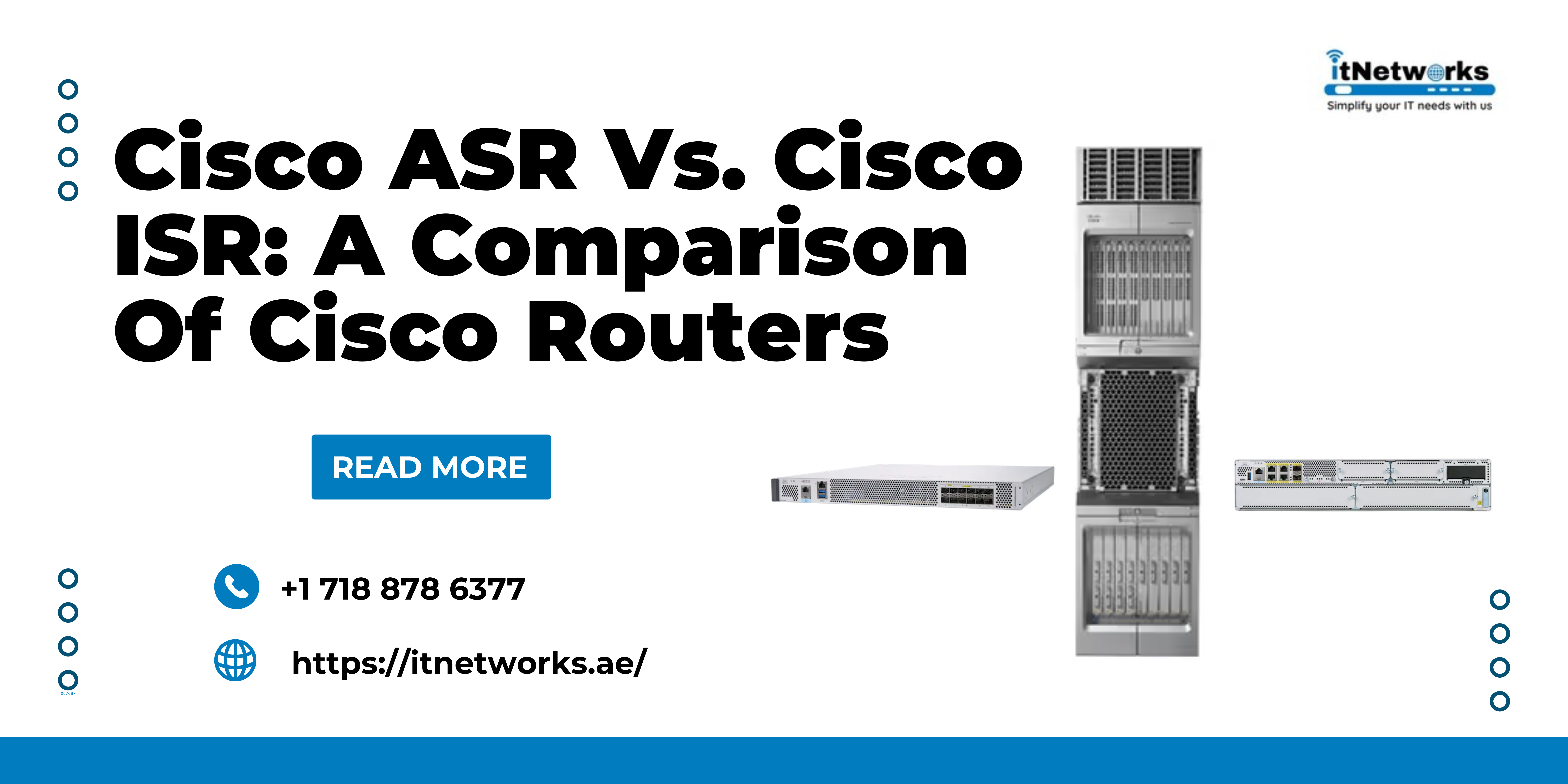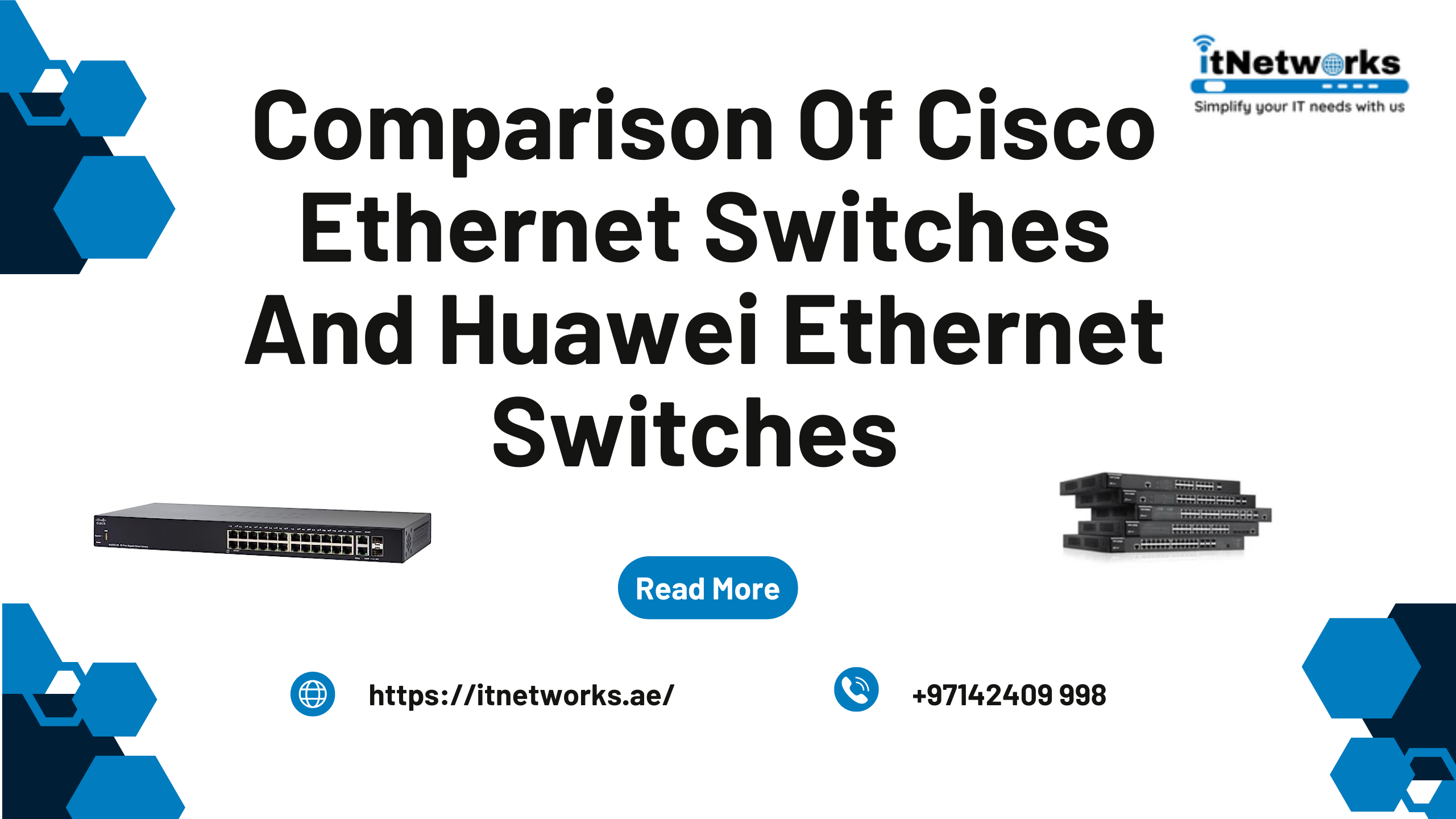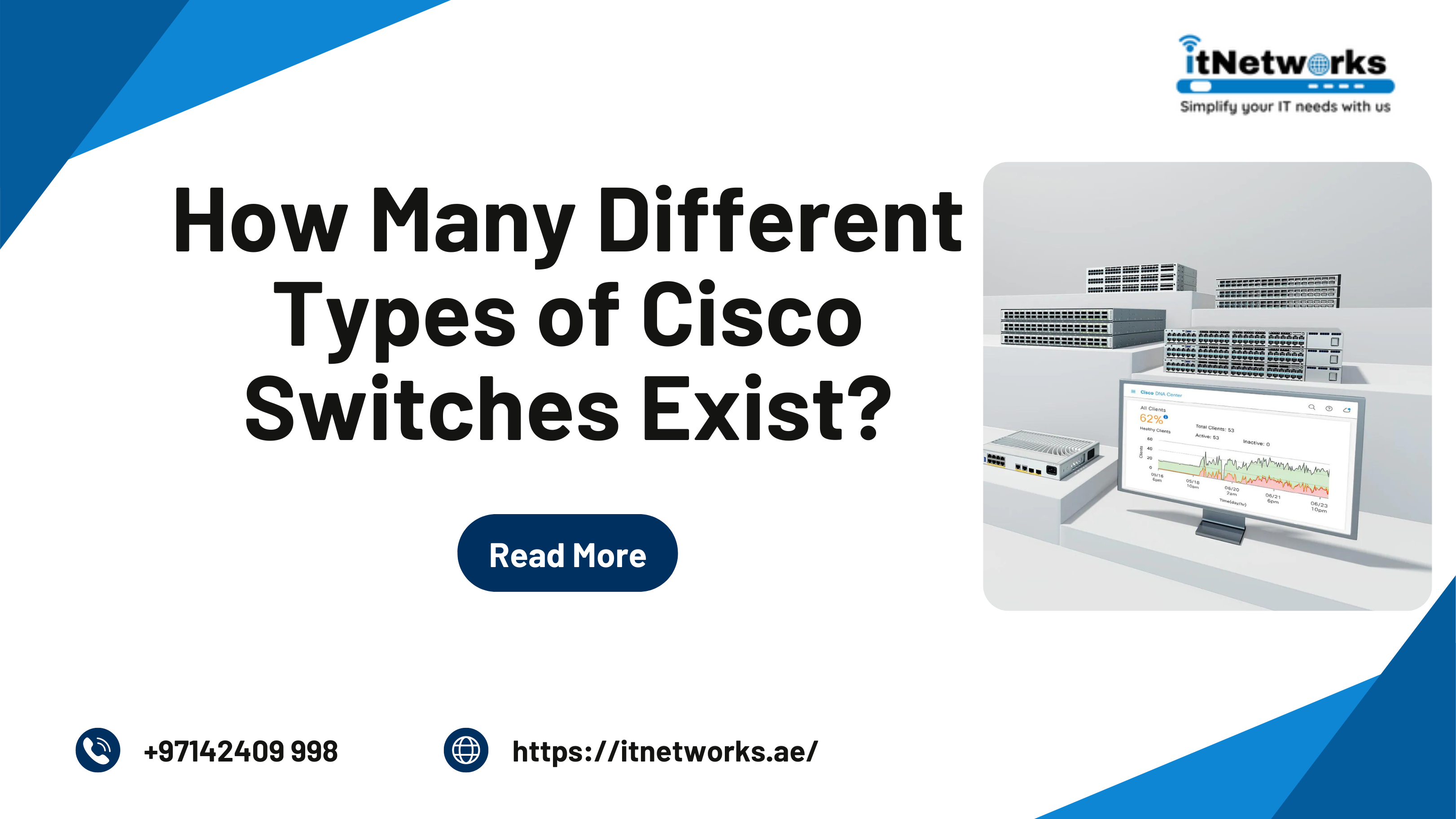Best PoE Network Switches for IP Cameras 2022
Are you planning to install IP cameras in your home or office? If yes, then don’t forget to get PoE network switches. It’s because, with PoE switches, you will not have to worry about installing a different power outlet and cable for each of your IP cameras.
PoE switches or Power of Ethernet switches provide power as well as a data connection to all your IP cameras over the same cable. Compared to different power outlets for connecting IP cameras, the PoE switches are a cost-effective and practical option. But, this option is only feasible if you are installing more than two cameras in your home or office.
Reasons to use PoE network switches for IP cameras
They are easy to install
As both power and data travel down the same Ethernet cable, the PoE switches are easy to install. No matter where you install the cameras, connecting them to the switch becomes easier using PoE switches.
They are safe
Typically, the PoE network switches use 48V DC power. This is considered to be the safest voltage option. Other than this, the PoE switches come with an in-built safety feature. With this feature, the switches automatically stop providing power, interrupting the connection. And when there is no power flow, there is no chance of any accidents.
The switches resume providing power only after they check the condition thoroughly.
They are reliable
In offices, the networks are supported by a UPS or Uninterruptible Power Supply so that there is a loss of work in the absence of a power cut. The PoE network is maintained while the UPS is up and running. This helps the IP camera to remain functional as the UPS supplies power to them via PoE switches.
A List of best PoE network switches for IP cameras in 2022
The list is very long but a few popular names are:
Netgear GS116PP- It’s an unmanaged switch so its setup and use are easy. Without any complication, the Netgear GS116PP switch provides power and starts connecting to the IP cameras. The best thing is that this switch doesn’t require any software or configuration.
Netgear GS1166PP switch has 16 ports and the ports are Gigabit and support PoE+. As a result, the switch gives an extra bit of power output from each port. The total power offered by this switch is 183W.
The switch can be placed on a flat surface or wall or rack-mounted. You don’t have to worry about mounting hardware as it is included in the box. Most importantly, the Netgear GS1166PP switch features a fanless design, meaning zero added noise wherever it is located.
TP-Link TL-SG1005P- It’s a budget-friendly option because there are fewer ports. The number of ports is 5 but only 4 of these ports are PoE and one is an uplink port. The similarity between the 5 ports is that they are Gigabit ports. Fewer ports don’t make any difference.
One major disadvantage of TL-SG1005P is that it’s only PoE and not PoE+. This means the switch doesn’t provide a large amount of power or the same amount of power as other switches. It’s a good option for beginners. The maximum power provided by the switch is 56W.
TL-SG1005P is an unmanaged switch, making it easy to set up and start using. One of the useful features of the switch is power overload protection. When the power consumption exceeds 56W, the built-in power management cuts the lower priority port power, ensuring that the high priority port power is maintained and the connected device is protected from overload.
Ubiquiti UniFi 24 port- Not the cheapest switch option but UniFi 24 port switch is rich-featured, providing both power and data to your IP cameras. If you have several IP cameras, the 24 Gigabit ports make things easy for you. Sometimes, a few ports are left spare for other devices.
The biggest advantage of the UniFi 24 port switch is that it allows both PoE and PoE+ configurations. It just depends on the number of devices you have to connect. The maximum power delivered by each PoE port is 17W but this can be increased when using PoE+. This makes it easy to use IP cameras with additional features like tilt and zoom capabilities.
Unlike the other two PoE switches mentioned above, the UniFi switch is managed, meaning it has more features than others. The switch is managed through UniFi Controller Software. With the controller, it’s easy to configure the PoE settings per port, set up VLANs, spanning tree, and port mirroring.
It’s said that the UniFi switch provides total control of the home or office network and all the devices connected to it.
What should you consider when buying a PoE network switch for your IP cameras?
With so many options in the market, finding that one PoE network switch for your IP cameras is a very daunting task. You might end up choosing the wrong option and suffer from serious consequences thereafter. So, to choose the best and the right POe network switch for your IP cameras, consider the following points:
- Know the power consumption of your IP cameras
- Check the power budget of the switch so that it caters to all your IP cameras
- Check the power supply voltage of the switch with the feature of automatic voltage adjustment
- Get the suitable number of ports for the number of devices you wish to connect
- Decide between managed and unmanaged switches based on the features and other factors
PoE network switches are good for your IP cameras. So, get them whenever and wherever you are installing IP cameras. To know more about PoE switches, connect with us via WhatsApp at +971585811786





